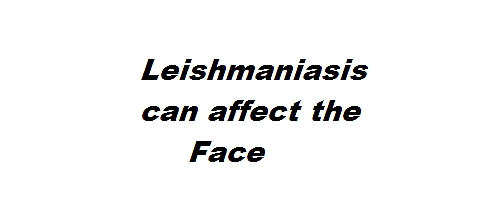Mucocutaneous Leishmaniasis, also called Espundia is a type of leishmaniasis where there is involvement of the skin and mucous membranes both being affected by lesions. Mucocutaneous Leishmaniasis is caused by Leishmania braziliensis (only in 3 to 10 percentof infections) which occurs only in Central America and South America and the infection is transmitted by sandfly which serves as the vector while mammals serve as the reservoirs for the parasite.
Table of Contents
Epidemiology and Pathogenesis of Mucocutaneous Leishmaniasis
Mucocutaneous leishmaniasis occurs mostly in Brazil and Central America, primarily affecting the workers in the forestry and construction sector. Mucocutaneous leishmaniasis starts with a bite by sandfly and causing a papule at site of bite leading to formation of metastatic lesions, mostly at the separation of the mucous membrane and skin of the mouth and nose. These lesions after months or some years may form granuloma and ulcers and destroy the nasal cartilage in 40% of those having the primary infection (first infection); the disease may become static or may progress over a period of months or years (20 to 40years) to affect other parts of the body such as nasopharynx, palate, uvula and upper airways. The lesions heal slowly and may take years to heal some may not heal and infections may set in, leading to death.
Mucocutaneous Leishmaniasis Symptoms
- Primary infection causes painful and itchy nodules at site of infection which may heal after 6 months
- Secondary lesions may appear several years later (20 to 40 years) at the mucocutaneous junctions of nasopharynx in about 40% of the patients
Diagnosis of Mucocutaneous Leishmaniasis
- Diagnosis is as that of cutaneous leishmaniasis where Diagnosis is usually made microscopically when the presence of amastigotes is identified in a giemsa stained smear taken from the skin scrapings of lesions.
- Biopsies of lesions usually show very scanty organisms – parasites can be detected by PCR
- Serological tests such as ELISA and DAT are frequently positive
Mucocutaneous Leishmaniasis Treatment
- Amphotericin B is the best drug for treatment of Espundia
- Systemic antimonial compounds are also used and miltefosine is also effective
- Antibiotics are used for controlling bacterial infections
Relapses may occur following treatment.
Mucocutaneous Leishmaniasis Complications
- Secondary infections of the lesions may occur leading to death
- Laryngeal obstruction caused by the lesions may occur and this may cause death too
- Nasal obstruction
Mucocutaneous leishmaniasis Prevention
- Prevention is by control of the vector sandfly. This is done by use of netting on windows and beds.
- Control of the vectors can be done by killing the sandflies with insecticides and preventing their bites by application of insect repellent cream

